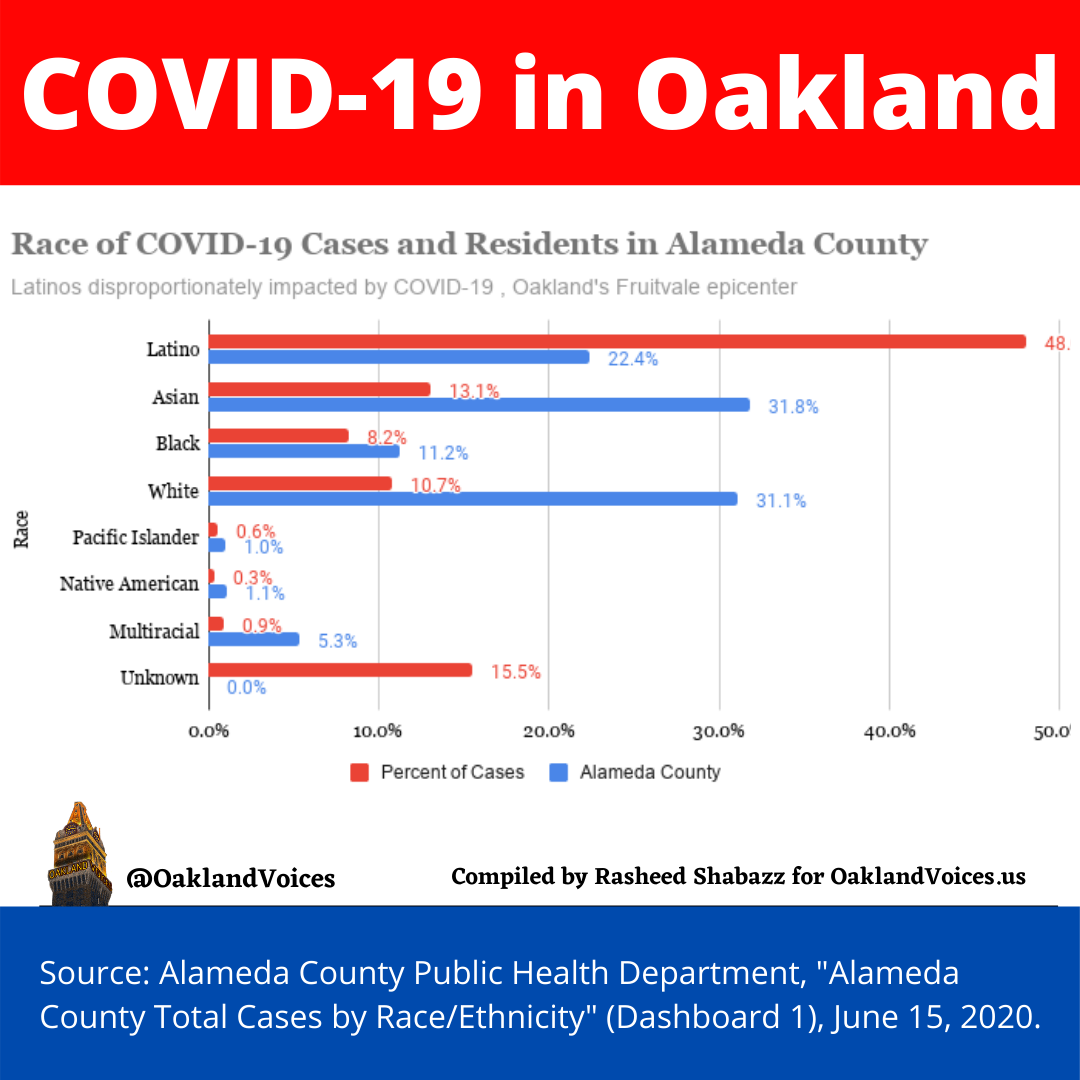
Oakland continues to fight two pandemics: COVID-19 and racial injustice.
There are 1,698 coronavirus cases in Oakland. Alameda County has 4,373 cases and 112 deaths, according to the Alameda County Health Department.
Last week, Oakland Voices reported that hospitalizations in Alameda County stabilized but racial disparities continue. Latinos are nearly half of all cases in Alameda County. Fruitvale has become Oakland’s epicenter.
Concerns continue for other communities of color, as the death rate of African Americans is the highest. Pacific Islanders have been overlooked. Last week, Native Americans reached 10 cases, enough to be listed on the Alameda County dashboard.
A month ago, the COVID-19 Racial Disparities Task Force held a public meeting. Alameda County Public Health Department also has its own internal group discussing racial health inequities.
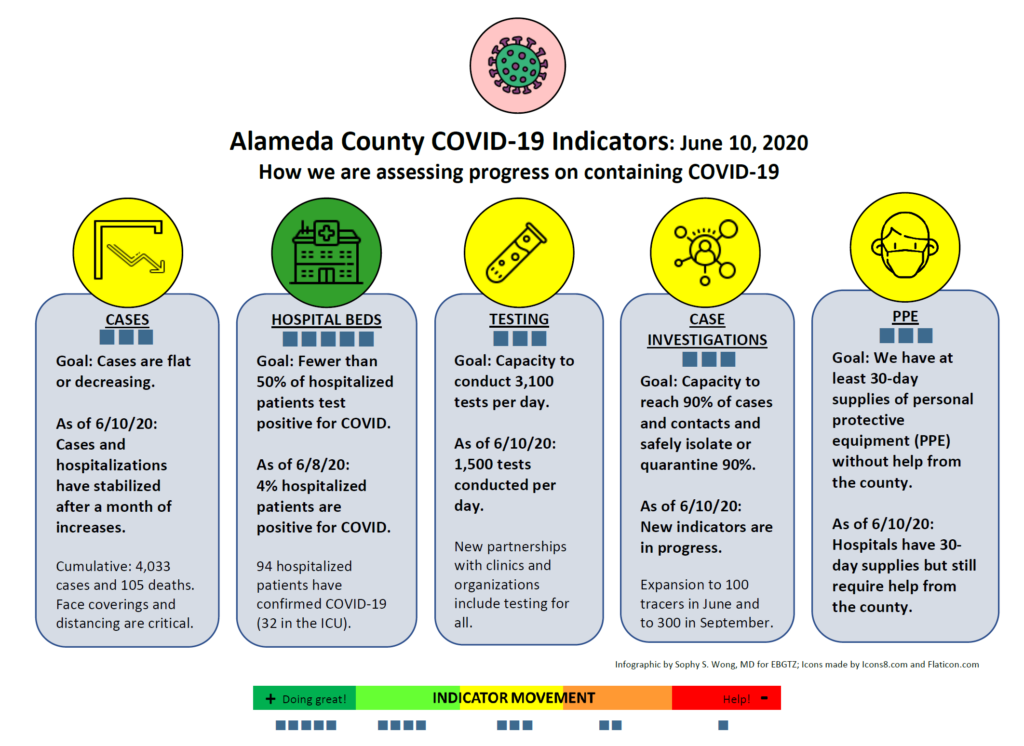
Reopening Alameda County
Last week, County health officers announced a plan to reopen Alameda County and new requirements. Face coverings must be worn outside at all times. People could join social bubbles, groups of 12 or less for at least three weeks.
Alameda County has mixed results with the five indicators for containing COVID-19. The good news, hospitalizations are flat or decreasing and hospitals are not being pushed past capacity.
The bad: Cases are increasing. Alameda County is testing over 1,500 people per day. The goal is 3,100 tests per day. The County has about 80 contact tracing staff members. The County does not yet have its 30-day supply of personal protective equipment.
With some people tired of sheltering in place, businesses preparing to open up, and no sign that protests will let up following more police killings, predictions of increased transmission may come true.
Protesting Police Terror During a Pandemic
East Bay Getting to Zero noted the complexities of protesting during a pandemic. The people being most impacted by police violence are also the same people most impacted by COVID-19 transmission. The organization recommends:
- Organizing in virtual spaces
- Choosing car caravans over in-person crowds
- Wearing face coverings
- Wearing eye protection and glasses instead of contact lenses
- Keeping 6+ feet distance when possible
- Bringing and using alcohol-based hand sanitizer, and
- Getting tested if you develop COVID-19 symptoms, which usually take 7-10 days after exposure to develop. Alameda County testing sites (PDF).
Oakland Voices with Cat Brooks
Last week’s live webinar was postponed until tomorrow. Join Oakland Voices on Tuesday, June 16 for a conversation with Cat Brooks, co-founder of the Anti Police-Terror Project, discussing COVID-19, policing, and inequality in Oakland. 7pm via Facebook and Youtube.
We hope you join us.
Every Monday and Thursday, Rasheed Shabazz and Momo Chang produce the Oakland ‘Rona Roundup, COVID-19 related stories impacting the Town.
Rasheed Shabazz is a multimedia storyteller, urban planning historian, and youth development professional based in the Bay Area. He is co-director of Oakland Voices. He recently completed his Masters of City and Regional Planning at UC Berkeley.


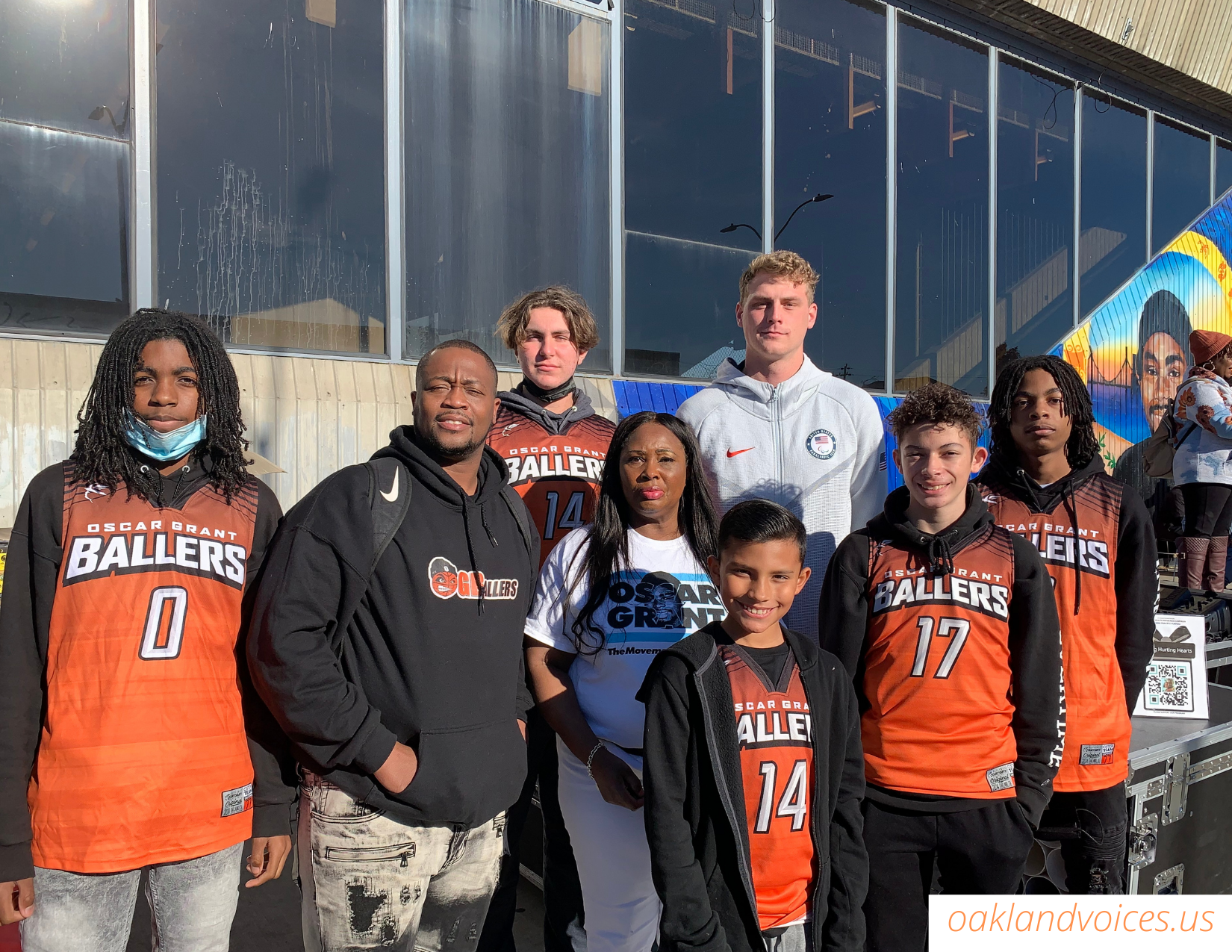
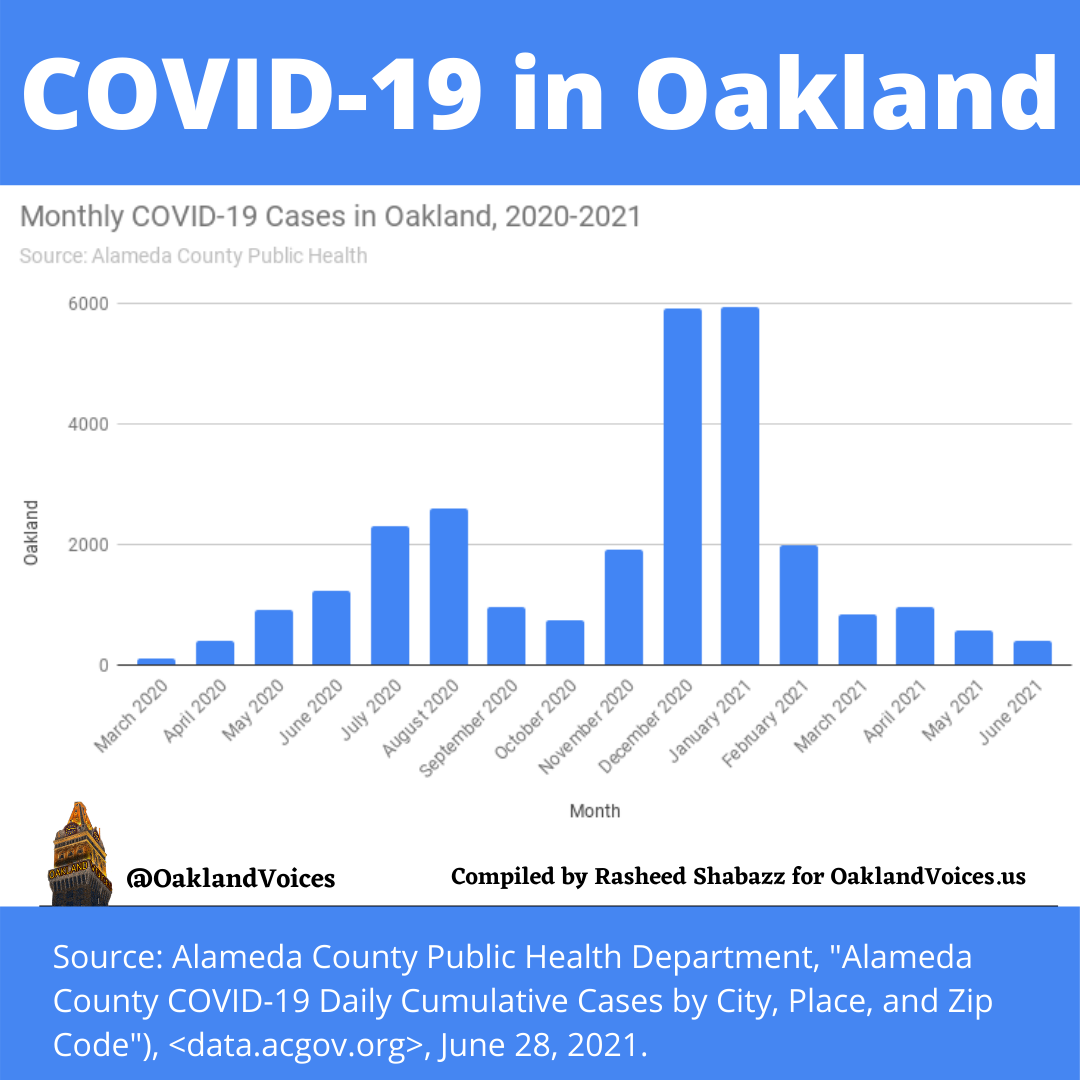
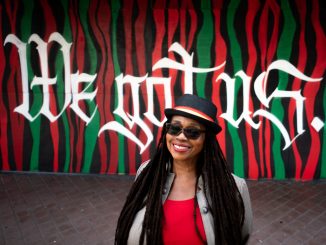
1 Trackback / Pingback